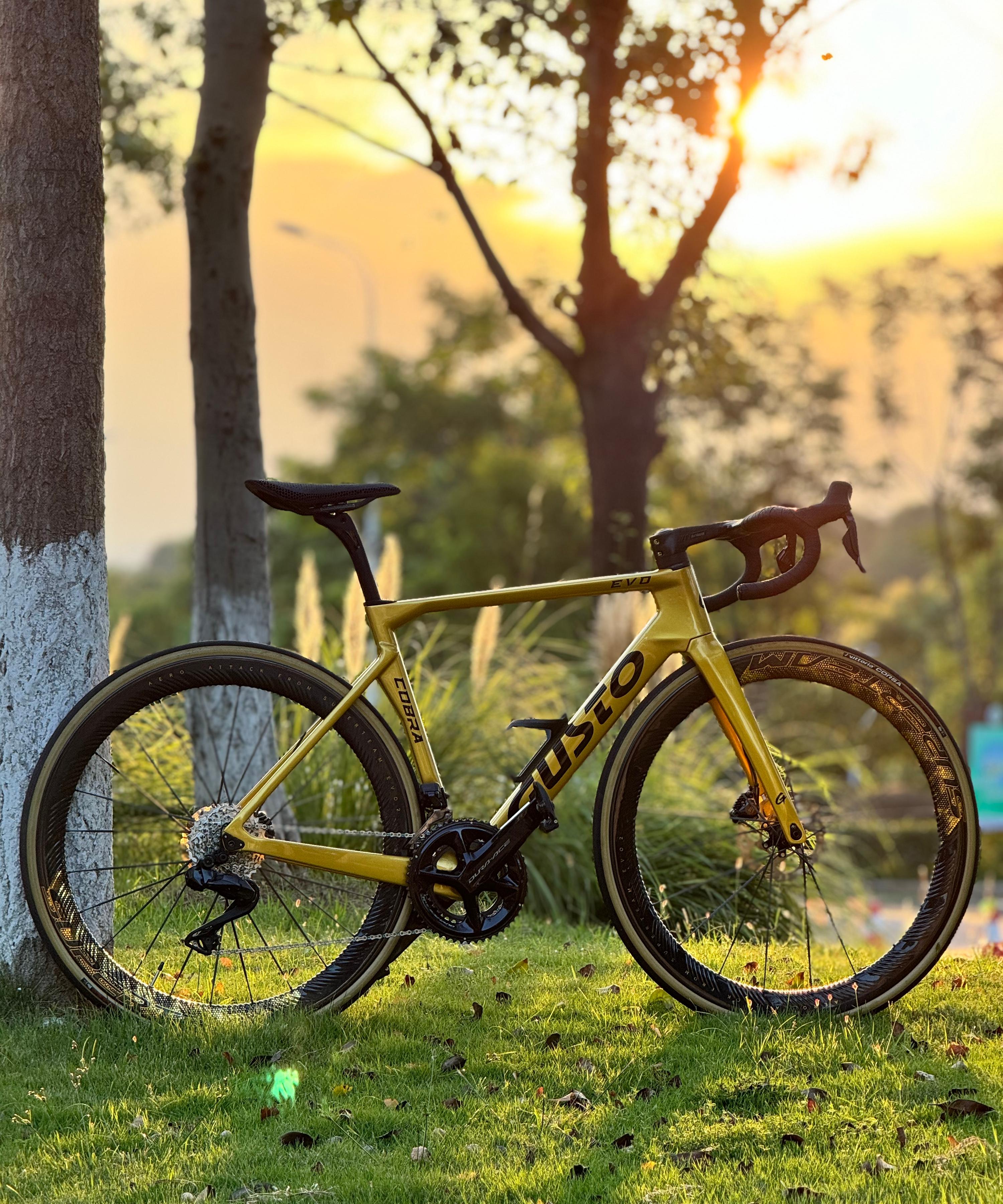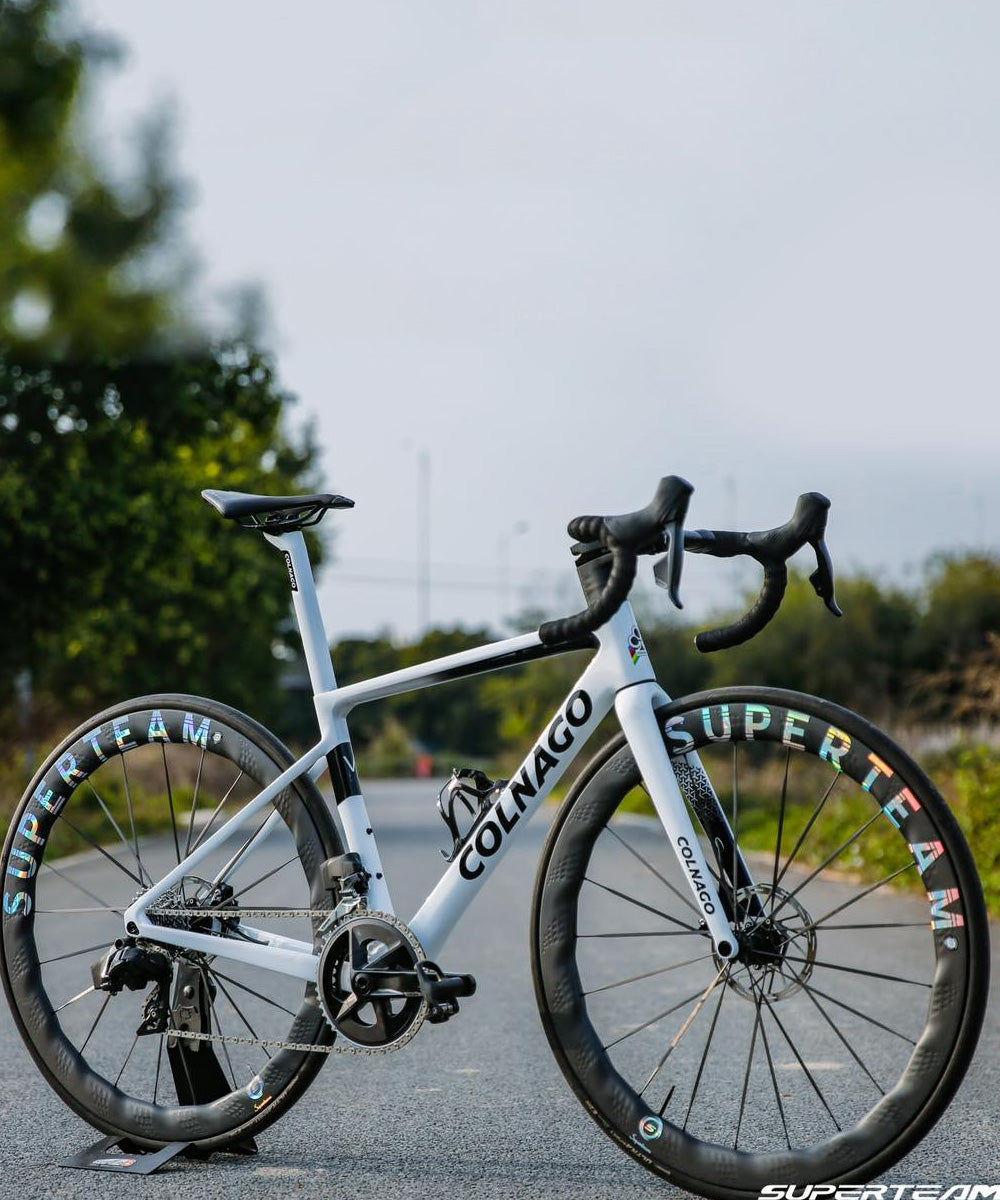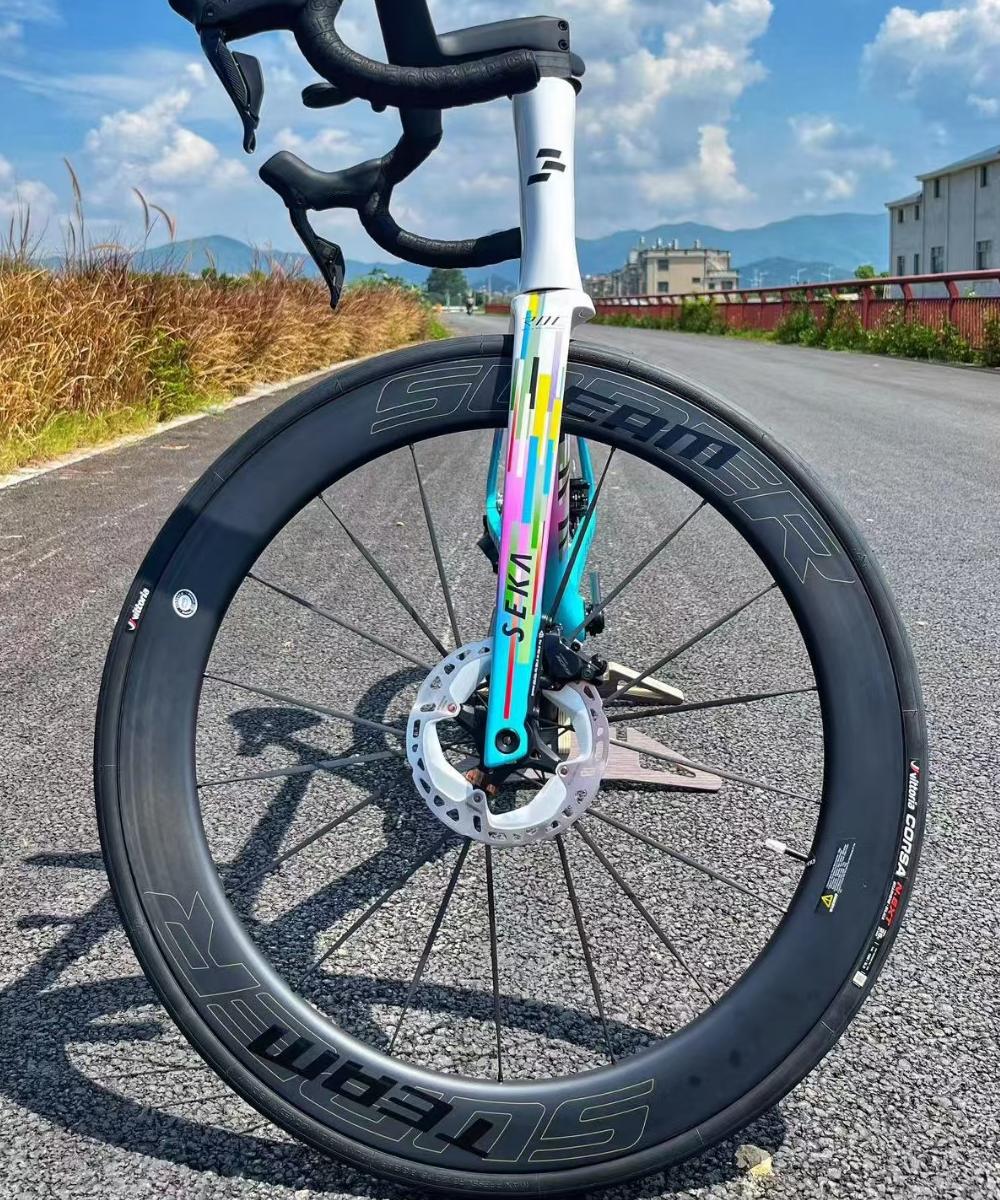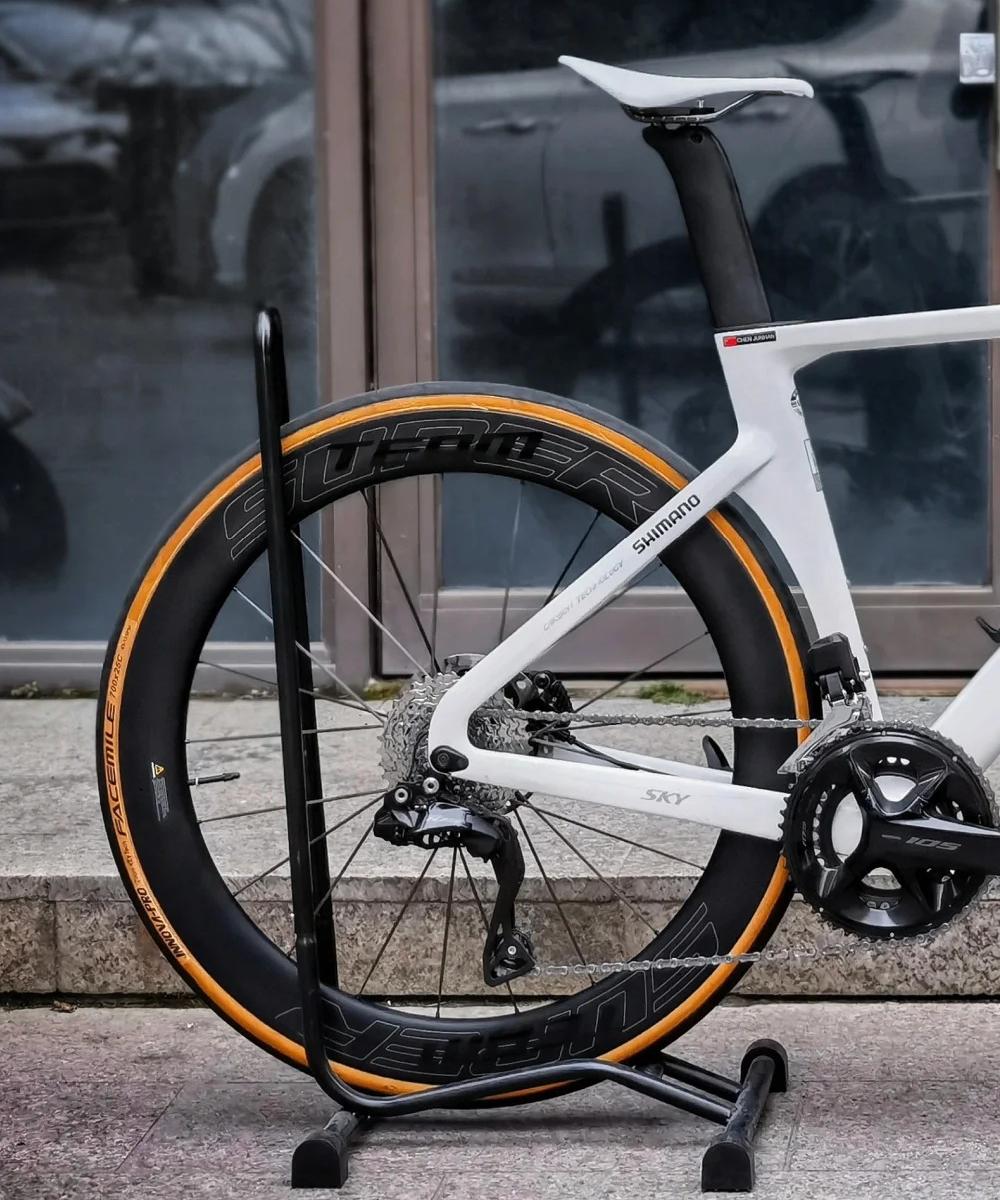Avoiding Heat Damage: Rim Brake Wheels on Long Descents
How to Stay Safe and Protect Your Equipment on Steep Mountain Rides
For riders using rim brake wheels — especially carbon models — long mountain descents can be both thrilling and risky. The danger? Excessive heat buildup. If not managed properly, it can lead to reduced braking performance, tire blowouts, or even structural rim failure.
Here’s what every cyclist needs to know about avoiding heat damage on rim brake wheels during extended descents.
1. Understand the Source of Heat
Rim brakes work by applying friction directly to the wheel’s braking surface. That friction converts kinetic energy into heat. During short stops, this heat dissipates quickly. But on long descents — especially those over 5 km — the constant braking can lead to dangerous heat accumulation.
Key problem areas:
Carbon braking surfaces retain heat longer than alloy
Heat can transfer to the tire, increasing pressure
Prolonged exposure can soften resins in carbon rims
2. Use Proper Braking Technique
The best way to prevent overheating is to manage braking smartly. Avoid “dragging” the brakes for minutes at a time — that’s what causes the most heat buildup.
Best practices:
Use intermittent braking: brake in short, firm bursts, then release
Use both brakes evenly to distribute heat
Stay in a lower gear to control speed with cadence, not just brakes
On group rides, leave space so you don’t have to brake constantly
3. Choose the Right Brake Pads
Not all brake pads are compatible with carbon rims — and not all carbon-specific pads are equal. The wrong pad can not only reduce stopping power but also generate excess heat.
Look for:
Manufacturer-approved carbon-specific pads
Pads designed for heat resistance and modulation, like SwissStop Black Prince or Shimano R55C4
Avoid mixing pad types or using worn pads
4. Check Tire Pressure Before the Ride
Tire blowouts on descents are often caused by high heat increasing internal pressure. Starting a long descent with over-inflated tires only raises the risk.
Tips:
Drop your tire pressure slightly for hot days or mountainous routes
Ensure tires are seated properly, with no bulging sidewalls
Avoid maximum pressure ratings — give the air space to expand
5. Use Heat-Tested Rims
If you're buying carbon rim brake wheels, make sure they’ve been tested and certified for heat resistance. Reputable brands will indicate their max heat tolerance (often in °C) and braking surface improvements.
Features to look for:
High-TG resin (e.g., 240–280°C rated)
Textured braking surfaces (e.g., grooved or basalt-treated)
Multi-layer rim construction for heat dissipation
6. Consider Descent-Specific Strategies
If you live or ride frequently in mountainous areas, plan your ride to minimize brake stress.
Tactics include:
Pre-riding descents to know where you can let off the brakes
Switching to alloy wheels on very technical routes
Choosing loop routes that avoid repeated long braking zones
Final Thoughts
Rim brake wheels are still a favorite for their lightweight and classic feel — but they demand careful handling on long descents. With the right techniques, pads, and equipment, you can ride safely and confidently down any mountain without fearing heat damage.
Remember: Comfort and control are key — but heat safety is non-negotiable.




